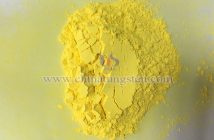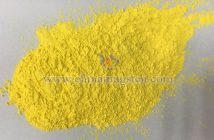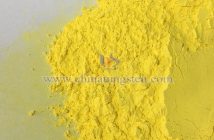In the intricate tapestry of modern industry, yellow tungsten oxide (WO?) produced by CTIA GROUP LTD stands out as an indispensable material, thanks to its unique physicochemical properties. This vividly yellow compound is widely utilized across various sectors, including chemical products and metallic tungsten manufacturing, serving as a critical raw material in numerous industrial processes.
The remarkable performance of WO? in these applications largely hinges on its crystal structure. This microscopic "skeleton" dictates key properties such as density, thermochemical stability, and electrical characteristics. For instance, a tightly ordered crystal structure can endow a material with enhanced hardness and stability, making it suitable for wear-resistant components, while specific lattice defects or atomic arrangements can boost catalytic activity, facilitating chemical reactions more effectively.
Given the pivotal role of crystal structure in determining the performance and applications of yellow tungsten oxide, what factors subtly shape this structure behind the scenes?
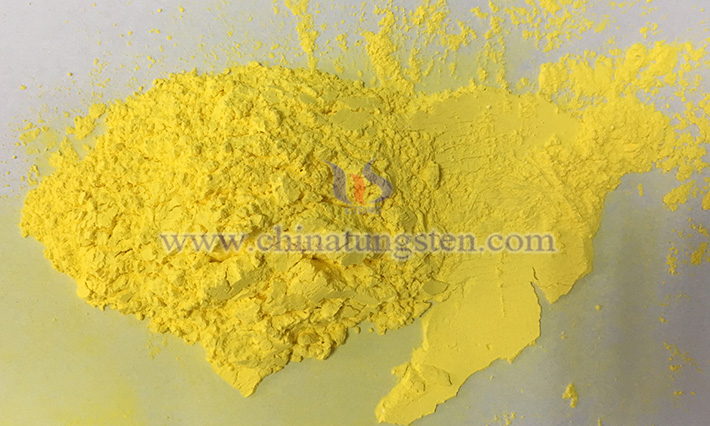
I. Temperature: The Cornerstone of Yellow Tungsten Oxide’s Crystal Structure
Among the myriad factors influencing the crystal structure of yellow tungsten oxide, temperature emerges as the most pivotal "magician," sculpting WO?’s microscopic world in a remarkable way. Across different temperature ranges, WO? transforms like a shape-shifter, adopting distinct crystal structures.
Above 740°C: Tetragonal phase. Here, the atomic arrangement adheres to the rules of the tetragonal system, with specific interatomic distances and angles. This structure imparts unique physical properties at high temperatures, such as superior thermal stability and distinctive optical traits, making it valuable in high-temperature applications like thermal insulation in furnaces or catalyst supports in specific reactions.
500–740°C: Monoclinic phase. As the temperature drops, the atomic arrangement shifts significantly, differing from the tetragonal phase in atomic positioning and unit cell parameters. This transition alters properties like conductivity, offering advantages in applications requiring specific electrical characteristics, such as electronic component manufacturing.
Below 500°C: Triclinic phase. At lower temperatures, the atomic arrangement becomes more complex, with unique cell shapes and angles. This phase introduces new physical and chemical properties, potentially enhancing reactivity in low-temperature catalysis or providing distinct mechanical attributes for specialized uses.
Temperature’s precise control over WO? crystal structure stems from atomic thermal motion. At higher temperatures, increased atomic energy intensifies vibrations, allowing atoms to overcome lattice constraints and rearrange into structures suited to the heat. Conversely, as temperature decreases, reduced atomic energy leads to a more stable, lower-energy configuration. These structural shifts directly influence WO?’s hardness, density, conductivity, and catalytic activity, determining its suitability for diverse industrial applications.
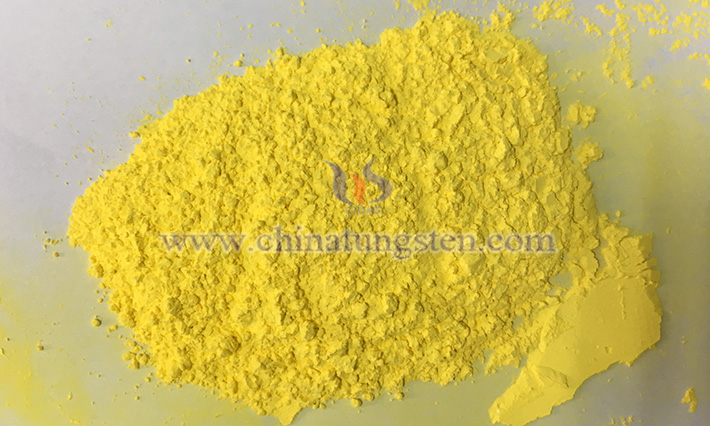
II. Production Processes: The Sculptors of Yellow Tungsten Oxide Crystal Structure
Production processes act as masterful "sculptors" in shaping the crystal structure of yellow tungsten oxide, with each method akin to a distinct artistic technique, imparting unique "forms" to WO?.
Solid-State Reduction: A widely used method, this process resembles the work of a skilled craftsman meticulously refining WO?’s structure. Starting with tungsten-bearing ore, impurities are removed through preprocessing to enhance tungsten content. Under high temperatures and with a reducing agent, the tungsten compound is gradually reduced to WO? powder. This method influences the crystal structure in multiple ways: purity depends on precise control (impurities can disrupt atomic order), and particle shape—dictated by atomic deposition during reduction—affects downstream performance.
Atomization: This technique disperses molten metal or compounds into tiny droplets via high-speed gas, which solidify rapidly into powder. For WO?, atomization alters crystal formation by "freezing" highly active atoms during rapid cooling, potentially introducing lattice defects or metastable phases. These features can increase surface area, enhancing properties like reactivity.
Chemical Methods: Encompassing redox, precipitation, and thermal decomposition, these processes offer tailored control over WO?’s structure. In redox reactions, selecting appropriate agents and conditions (e.g., pH or temperature) governs tungsten’s oxidation state and atomic arrangement, yielding specific crystal forms.
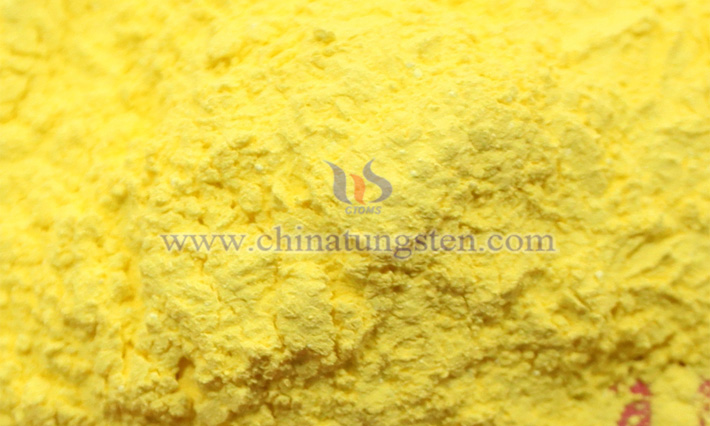
III. Impurities: Essential Pieces in Yellow Tungsten Oxide’s Crystal Puzzle
Though present in small amounts, impurities play a critical "supporting role" in the formation and performance of WO?’s crystal structure, subtly yet significantly influencing its properties.
Positive Effects: In moderation, impurities can act as templates or catalysts for crystal growth. By occupying lattice sites, they induce distortions that drive nucleation and growth, influencing crystal orientation and morphology. This can also alter electron distribution, enhancing conductivity.
Negative Effects: Excessive or incompatible impurities disrupt the structure, reducing stability. Large impurity atoms create lattice strain, introducing defects like dislocations that weaken mechanical properties (e.g., hardness) and chemical stability.
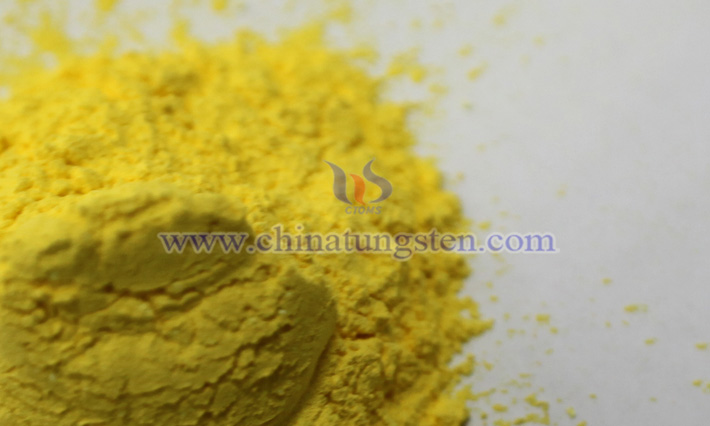
IV. Additives: The Magical Keys to Reconstructing WO?’s Crystal Structure
Unlike impurities, additives are intentionally introduced during production, functioning like magical elixirs that interact with WO? to precisely tune its crystal structure and properties.
Metal Salts: These react with WO? to form intermediate compounds that guide atomic arrangement, altering growth direction and morphology.
Organic Compounds: By modifying solution properties (e.g., surface tension, pH), additives like surfactants facilitate uniform nucleation and growth, yielding stable, evenly sized WO? crystals in solution-based methods.

